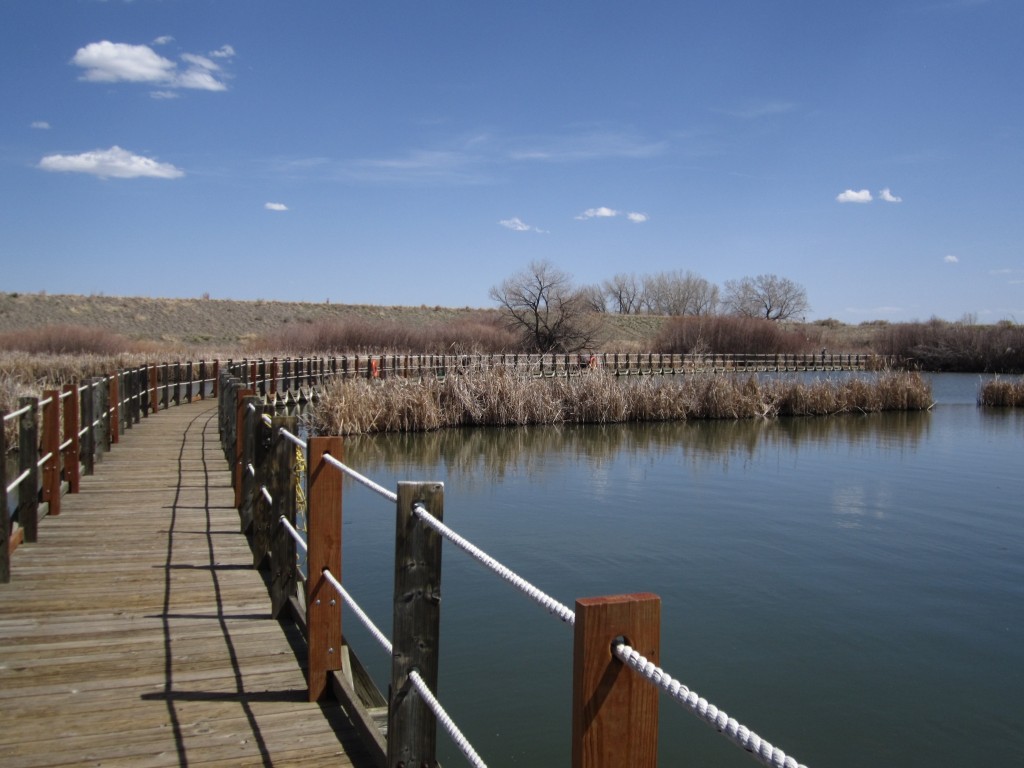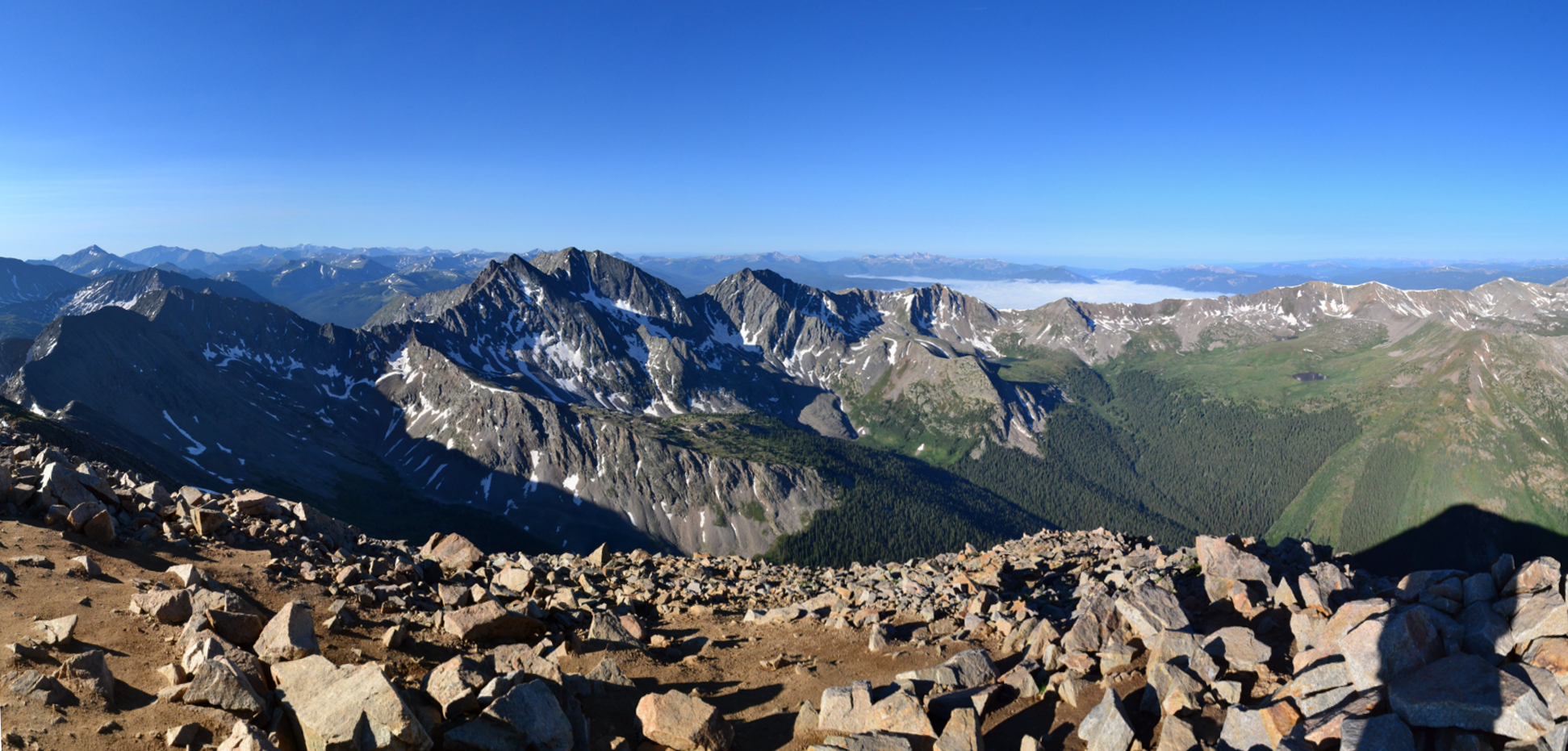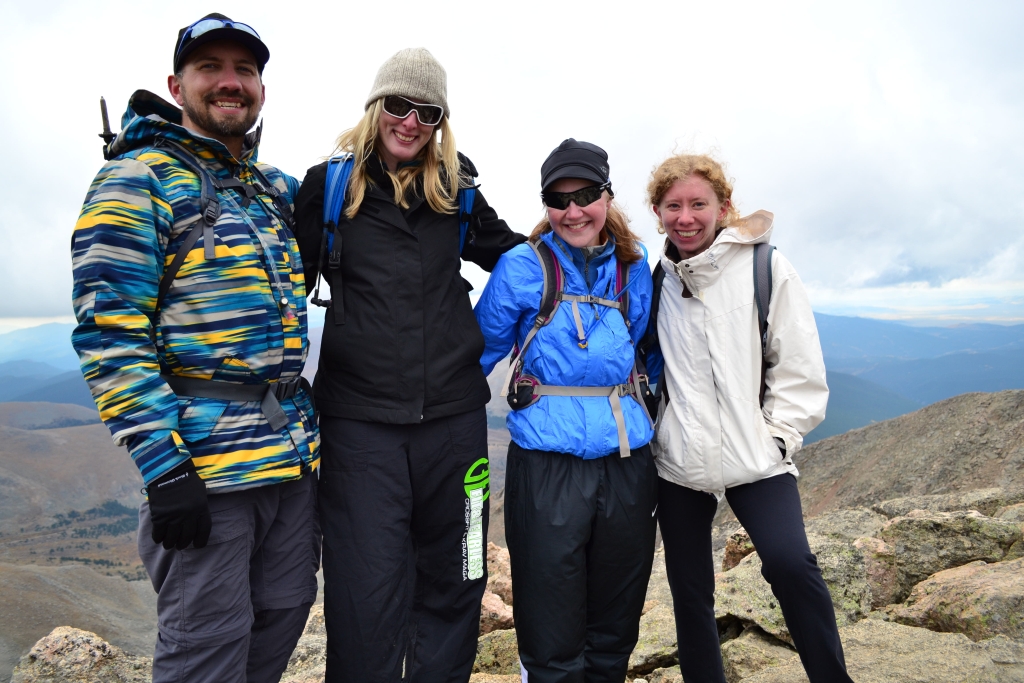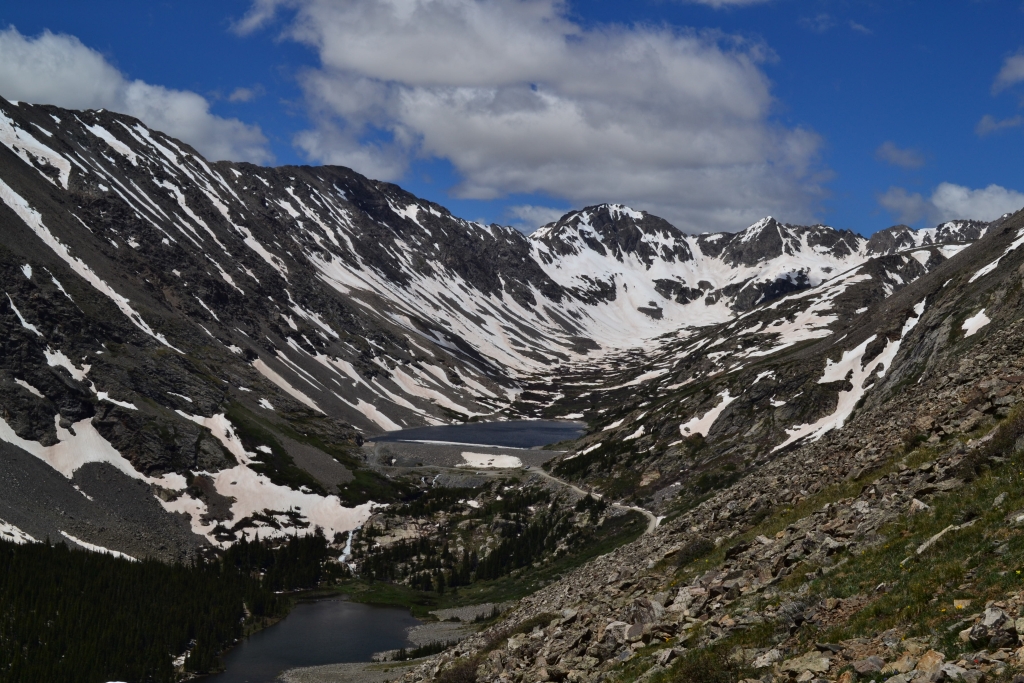Our trek today led us to splendid geological wonder, as we were greeted with sheer cliffs of bright red sandstone protruding like jagged knifes out of the ground as we entered the Garden of the Gods National Park in Colorado Springs, CO. While not a traditional “quest into the wild” as we are going for
Read More
Gem Lake Trail Hike Estes Park
Curiosity about the inaugural Stanley Film Festival led us to our next hike in Estes Park a little bit earlier than anticipated. We embarked on our journey around 11:00 am, this time with siblings and friends in tow and first made our way to the famous hotel (the location where the The Shining was set
Read More
Hike #1 Rocky Mountain Arsenal Wildlife Refuge
“I take a walk..take a walk… take a walk…take a walk …ohhh…ohhhh” In accordance with the lyrics of Passion Pit’s latest catch, sometimes that’s all we really need to do. And so I begin in this inaugural post our quest to walk…..the plains in the rain shadow of the Rockies, the meadows with wildflower in
Read More






















